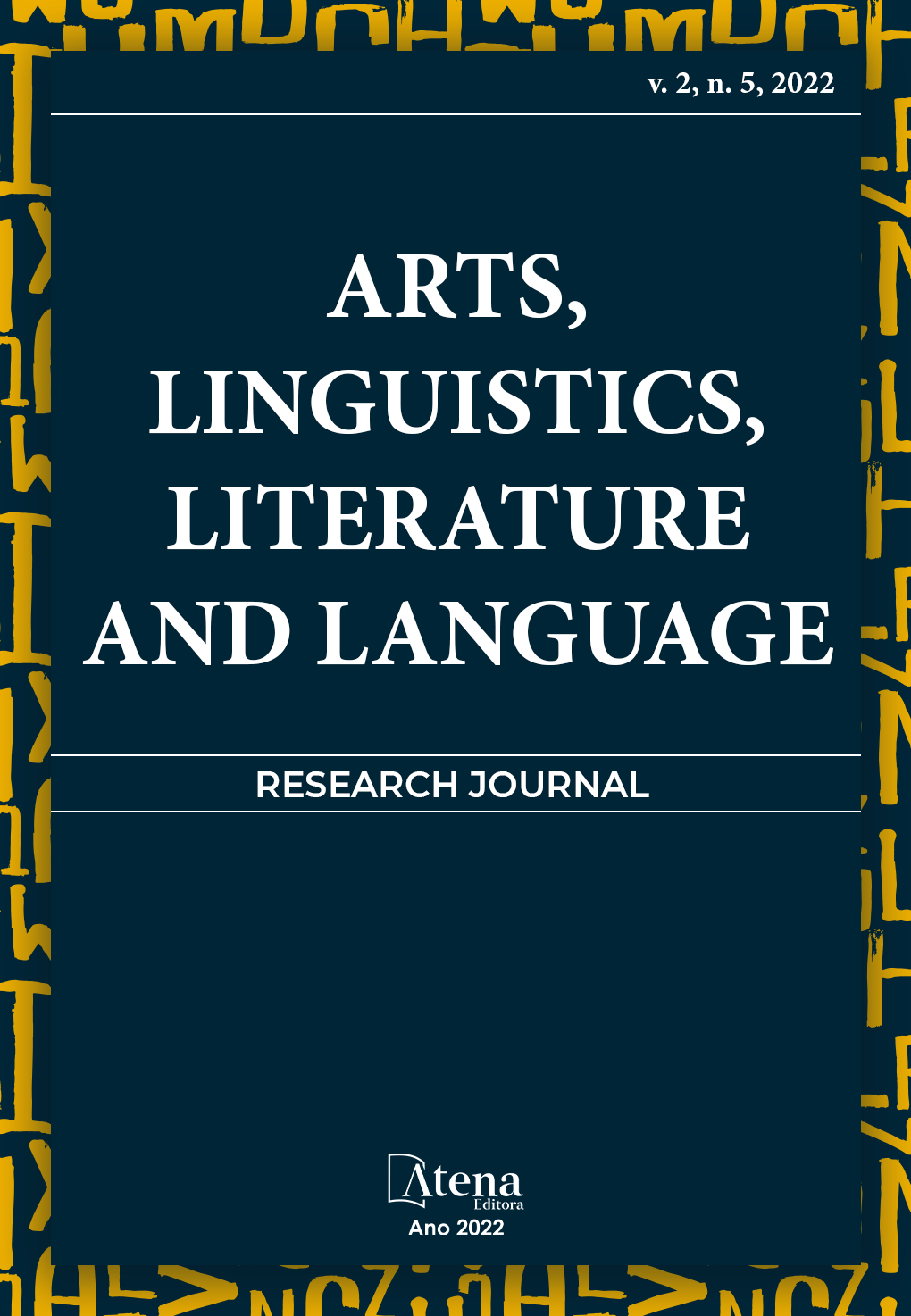
SEMANTIC CONSIDERATIONS ABOUT THE PHENOMENON OF CRASIS
Assuming that linguistic descriptions play an important role in the teaching and learning of the mother tongue, the present work discusses the behavior of the crasis in contexts of bare nouns in Brazilian Portuguese (BP). In BP, in the study of written language, we are faced with the crasis, commonly defined as the fusion of the preposition ‘a’ with the article ‘a’, graphically represented by the grave accent (`). According to traditional grammars, this phenomenon occurs whenever before feminine words there is a verb or a devebal word governing the preposition ‘a’. This definition, however, does not take into account an important feature of BP: the occurrence of bare nouns, that is, nouns unaccompanied by determinants, in an argument position. Müller (2000) understands the bare nouns as a generic indefinite. According to the author, this is the canonical form in BP for the expression of genericity in which bare names participate due to their indeterminacy. This way, our objective is to analyze the crasis phenomenon from the semantics of bare nouns and propose a vision about the crasis that takes into account the semantic level. Therefore, we developed an exploratory and bibliographical research about the crasis and the denotation of naked names in BP. We conclude that the occurrence or not of a crasis depends, mainly, on the semantics of the name that follows the preposition 'a' and that theories about the denotation of bare nouns in BP can equip the Portuguese language teacher to teach the crasis from the linguistic analysis and reflection.
SEMANTIC CONSIDERATIONS ABOUT THE PHENOMENON OF CRASIS
-
DOI: 10.22533/at.ed.929252225073
-
Palavras-chave: Formal semantics; Mother tongue teaching, Naked names; Crasis; Brazilian portuguese.
-
Keywords: Formal semantics; Mother tongue teaching, Naked names; Crasis; Brazilian portuguese.
-
Abstract:
Assuming that linguistic descriptions play an important role in the teaching and learning of the mother tongue, the present work discusses the behavior of the crasis in contexts of bare nouns in Brazilian Portuguese (BP). In BP, in the study of written language, we are faced with the crasis, commonly defined as the fusion of the preposition ‘a’ with the article ‘a’, graphically represented by the grave accent (`). According to traditional grammars, this phenomenon occurs whenever before feminine words there is a verb or a devebal word governing the preposition ‘a’. This definition, however, does not take into account an important feature of BP: the occurrence of bare nouns, that is, nouns unaccompanied by determinants, in an argument position. Müller (2000) understands the bare nouns as a generic indefinite. According to the author, this is the canonical form in BP for the expression of genericity in which bare names participate due to their indeterminacy. This way, our objective is to analyze the crasis phenomenon from the semantics of bare nouns and propose a vision about the crasis that takes into account the semantic level. Therefore, we developed an exploratory and bibliographical research about the crasis and the denotation of naked names in BP. We conclude that the occurrence or not of a crasis depends, mainly, on the semantics of the name that follows the preposition 'a' and that theories about the denotation of bare nouns in BP can equip the Portuguese language teacher to teach the crasis from the linguistic analysis and reflection.
-
Número de páginas: 11
- Rivanildo da Silva Borges
- Nize da Rocha Santos Paraguassu Martins


